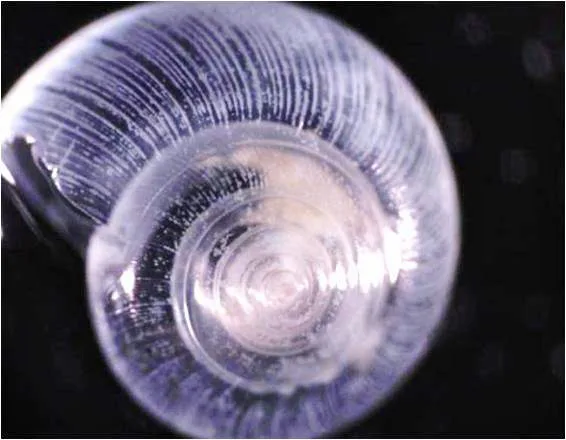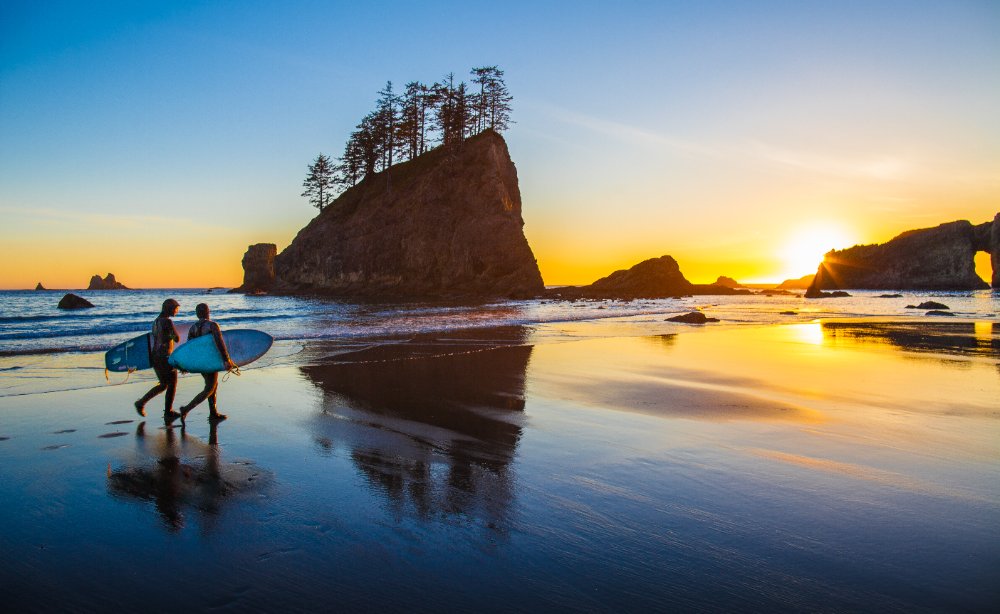NECAN – 2025 Ocean and Coastal Acidification Monitoring Priorities
The Northeast Coastal Acidification Network (NECAN) report presents monitoring needs and opportunities for consideration by coastal managers, decision makers, researchers, and monitoring groups. It offers options to apply new capacity or funding to the expansion of OCA monitoring in the NECAN region. The report identifies highly-rated, specific actions that will improve both:
NECAN – 2025 Ocean and Coastal Acidification Monitoring Priorities Read More »













